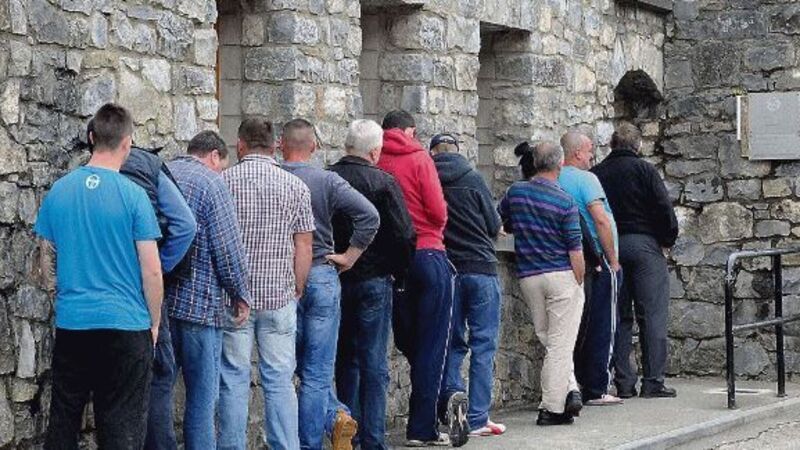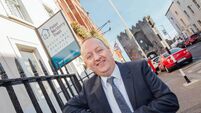Unemployment under 400,000 for first time since 2009

The latest figures from the Central Statistics Office (CSO) show the seasonally adjusted live register fell by 2,500 in February to 398,300 — the lowest total since May 2009. This represents an annual decline of 30,807, or 7.2%.
It is also the 20th month in a row where a decrease in the number of jobless has been recorded. The standardised unemployment rate in February was 11.9%, down from 12% in January — its lowest rate in four years.













